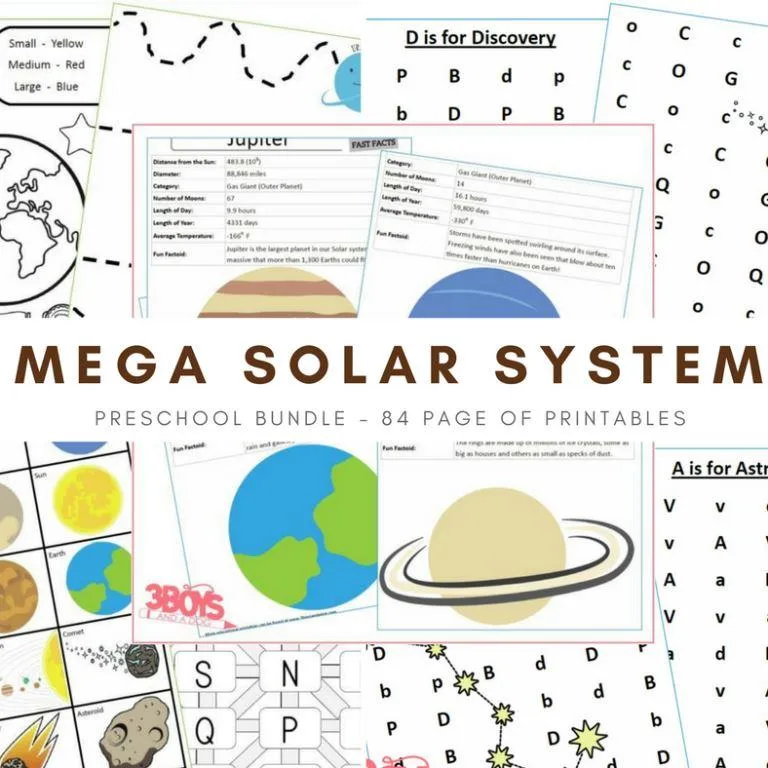Let’s kick off our child development skills series with an article on developing hand-eye coordination in children. In this article, we explore the definition and importance of hand-eye coordination while guiding you on how to foster its development in children.
Hand-eye coordination is an essential skill for children as they grow up. It enables them to participate in physical activities, play sports, and even accomplish small tasks such as tying shoelaces or buttoning their shirts.

Additionally, hand-eye coordination plays a significant role in developing a child’s cognitive and social abilities.
This blog post will delve into hand-eye coordination and how parents, teachers, and caregivers can help children develop this vital skill. Let’s get started!
Understanding Hand-Eye Coordination
Hand-eye coordination refers to the ability of the eyes and hands to work together to perform a task. It involves the use of visual input to control and coordinate hand movements.
Children develop hand-eye coordination as they engage in different activities involving hand-eye coordination, such as playing with blocks or puzzles, catching and throwing a ball, and painting.
Children need to practice these skills regularly to develop hand-eye coordination.
Why is Hand-Eye Coordination Important for Children?
Hand-eye coordination plays a crucial role in a child’s overall development. It helps them develop physical, cognitive, and social skills essential for their growth.
Physical Development: Hand-eye coordination allows children to control small muscle movements necessary for performing tasks such as writing or drawing. It also helps develop fine motor skills, which are crucial for everyday activities.
Cognitive Development: As children use their eyes and hands in unison, it improves their visual perception and enhances their problem-solving abilities. Children develop critical thinking skills as they figure out how to manipulate objects with their hands based on what they see.
Social Development: Hand-eye coordination is essential for developing social skills such as teamwork and cooperation. When children engage in activities that require hand-eye coordination, they learn to work together with others and take turns, fostering their ability to communicate and interact with their peers.
Activities to Develop Hand-Eye Coordination
Parents, teachers, and caregivers can engage children in plenty of activities to develop hand-eye coordination.
These include things like:
Drawing and coloring.
This activity requires children to hold a pencil or crayon and coordinate their hand movements with their eyes to create different shapes and colors. It helps in developing fine motor skills and hand-eye coordination.
- FREE: My Little Pony Coloring Sheets
- Beauty and The Beast Coloring Pages for Kids
- Y is for Yellow Coloring Page
Puzzle-solving.
Puzzles are an excellent way to improve a child’s problem-solving abilities while enhancing hand-eye coordination.
Children develop spatial awareness and control over their hand movements as they try to fit the puzzle pieces together.
Playdough or clay modeling.
Molding playdough or clay into different shapes and objects requires precise hand movements, which help develop hand-eye coordination.
Throwing and catching a ball.
This classic game is an outstanding activity to help children improve their hand-eye coordination. Trying to catch a ball requires the eyes and hands to work together.
Building with blocks.
Stacking blocks and building structures teach children to coordinate their hands and eyes. They must focus on the placement of each block to prevent their structure from falling.
Threading beads.
This activity requires children to thread a small bead onto a string, which helps build hand-eye coordination and develop finger dexterity.
Playing video games.
Believe it or not, playing age-appropriate video games can also help develop hand-eye coordination in children.
The constant use of controllers and hand movements while focusing on the screen can improve a child’s hand-eye coordination.
Just limit screen time and choose educational or developmentally appropriate games.
Westcott 16454 Right- and Left-Handed Scissors, Kids’ Scissors, Ages 4-8, 5-Inch Blunt Tip, Assorted, 6 PackMelissa & Doug Scissor Skills and Tape Activity Books Set
Upriver 120 PCS Kids Scissors Crafts Kits Paper Cut Set Scissor Skills Activity Cutting Book Origami Paper Art for Preschool Children.
Fiskars 5
Cutting with scissors.
Cutting with scissors is an excellent way for children to build hand strength and improve control of the small muscles in their hands. This activity also helps develop hand-eye coordination.
- Spring Cutting Practice
- Saint Paddy’s Day Bears Cutting Practice
- Three Little Pigs Preschool Cutting Practice

Tips to Encourage Hand-Eye Coordination
Here are a few things you can do to encourage the development of hand-eye coordination in children:
Provide ample opportunities for unstructured playtime.
Free play, without any set rules or structure, allows children to explore and interact with their environment, which can significantly enhance their hand-eye coordination.
They can experiment with different toys and objects, discover new ways of handling them, and learn through trial and error. This encourages them to practice their skills at their own pace and in their unique ways.
The key is to create a safe space where they can play freely and let their creativity and curiosity guide their actions.
Use toys and games that require hand-eye coordination.
As mentioned earlier, activities like drawing, puzzles, building with blocks, threading beads, or playing video games can all help develop hand-eye coordination in children.
Make sure to provide a variety of toys and games that challenge their hand-eye coordination skills at different levels.
This will keep them engaged and interested in practicing their skills.
Set a good example.
Children learn by imitating what they see. If they see you engaging in activities that require hand-eye coordination, they are more likely to show interest and try it themselves.
Consider playing games together or doing an art activity side by side to encourage them to practice their skills. This also provides an opportunity for quality bonding time.
Children develop at their own pace and speed, so it’s essential to provide encouragement and support as they develop their hand-eye coordination. Make the activities you choose fun and engaging, and be there to help them as they learn.
With practice and patience, children will develop this essential skill that will serve them well.
Remember to praise your child’s efforts and celebrate every milestone they achieve on their hand-eye coordination journey. With consistency and dedication, you’ll see significant improvements in no time!
Monitor your child’s developmental progress and consult a pediatrician with any concerns. Together, we can help our children reach their full potential in all areas of development. Let’s encourage them to keep practicing and never give up!
Shop My Learning Printables:
The following homeschool picks of mine can be found in my shop. Simply click the image that interests you!
With these tips and activities, you now have the tools to guide your child to developing excellent hand-eye coordination. So, engage your little ones in fun and exciting activities to build this essential skill. Have fun!


















